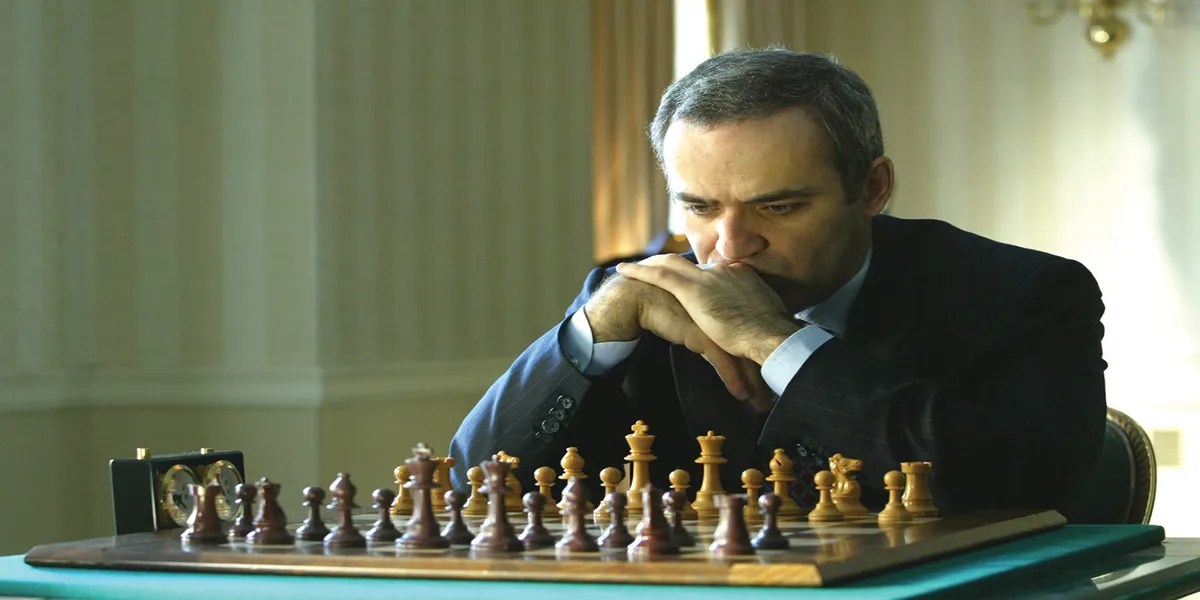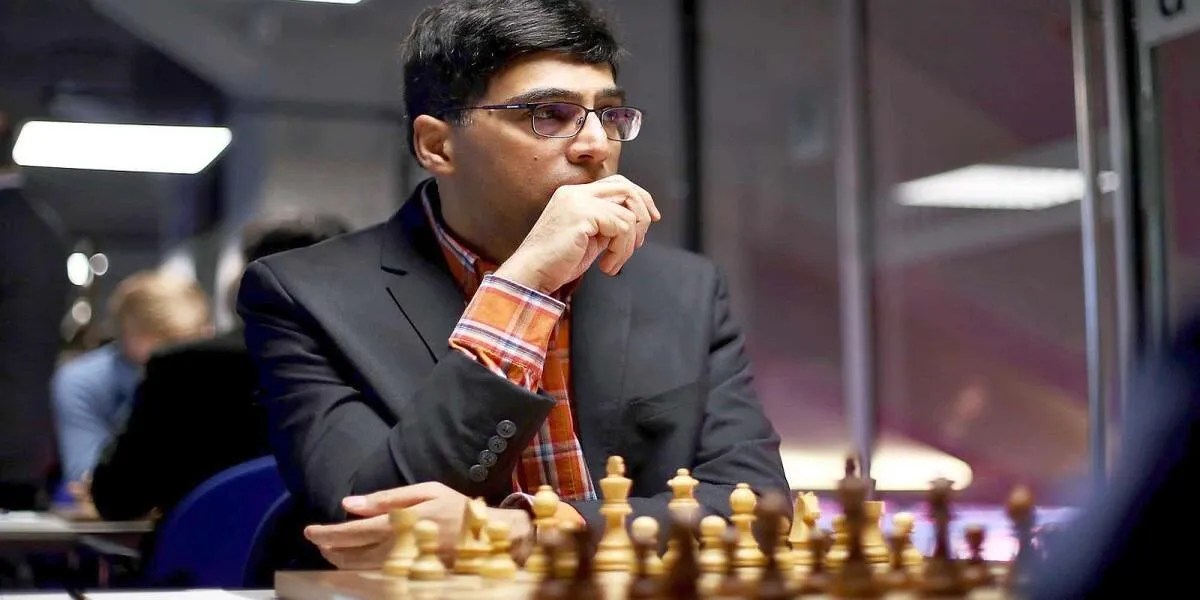The mid-game in chess is one of the toughest portions for beginners to learn due to how unpredictable it is. This is particularly the case for beginners, who will likely have run out ofbook moves in the opening, making the mid-game an intense and exciting battle as the players try to formulate attacks.
RELATED:Best Chess Video Games
Despite the mid-game’s unpredictability, there are still plenty of ideas and concepts that are worth learning and keeping in mind for the middle of the game. To give beginners a hand, here are some helpful tips for dominating the mid-game.
6Ensure That The Opening Principles Have Been Adhered To
Before diving into mid-game tactics and ideas, the opening principles must be adhered to. By following the opening principles, players should have a solid foundation to build upon with their king safely positioned, and their pieces developed.
The exact definition of what is and what isn’t an opening principle varies, but generally speaking, the opening principles are:

There are, of course, times when one or two of these principles should be ignoredin favor of a different strategy– though more often than not, it’s important to do these four things as early as possible - ideally within the first ten moves.
Once these four principles have been completed, players can start getting stuck into the mid-game with the reassurance that they’ve laid a solid foundation.

5Don’t Rush Moves Or Force Ideas
At the beginner level, it’s common for players to get frustrated when they’re in the mid-game and don’t have a clear plan of attack. Consequently, many beginners will begin taking matters into their own hands by trying to force checkmating ideas or half thought-out plans, despite them not being viable at the time.
RELATED:Dungeons & Dragons: Amazing Character Tropes
More often than not, these rash decisions lead to the player’s attack failing, which can result in them losing material or leaving themselves vulnerable for a counter-attack.
Although it can be tedious at times, it’s important to keep playing smart, sensible moves in closed positions; as rushing or forcing attacks will only lead to a swift defeat. Mid-game checkmates may be one of the most exciting aspects of chess, though sometimes the opportunity will never arise, so it’s better toprepare for the endgameinstead.

4Learn Checkmating Patterns
As mentioned before, mid-game checkmates are one of the most rewarding and exciting parts of chess. Learning checkmating patterns can help players intuitively win games in a flash or help them win handfuls of material as the opponent desperately tries to stay in the game.
There are many different ways to learn checkmating maneuvers, but the best way is to develop pattern recognition. Pattern recognition is whytop players and grandmasterscan find complex checkmates at a glance and is a fundamental part of improving at chess.

There are many great tools for learning checkmating patterns today, such as books, online tactics on sites like Lichess and Chess.com, and online courses that are available on sites like Chessable and are specifically designed to improve the player’s pattern recognition.
3Continue To Try And Control The Centre
One of the key opening principles, as mentioned before, is to control the center. Controlling the center will make life tough for the opponent, who will struggle to form attacks and defend their king – while the player controlling the center can dictate the tempo of the game while providing themself with a great basis to start attacks.
With the center under control, beginners will find that it becomes noticeably easier to find tactics and attacking opportunities.

2Look For Knight Outposts
When a knight is on a strong outpost, it suddenly becomes one of the most powerful pieces in the game. An outpost is a square on a rank in the opponent’s half of the board that is protected by a pawn and cannot be attacked by any of the opponent’s pawns.
RELATED:Table-Top RPGs You Didn’t Know Were Coming In 2022
By placing a knight on an outpost, like in the image above, the player can create some incredible attacking opportunities for themselves while making life extremely difficult for the opponent as they will struggle to keep their king safe, their pieces in strong positions, and they will also have a hard time forming attacks of their own.
1Don’t Trade Pieces Arbitrarily
A common beginner mistake is to trade pieces without any real thought. At the lower levels, players will almost always take a trade of equal material when one is offered, assuming that it is a natural way to progress the game.
However, this can be a mistake, as players should only trade pieces if they have a legitimate reason for doing so. Before trading any piece of equal value, carefully consider the next few moves and whether the trade will strengthen or weaken the overall position, key squares, and attacking ideas.

It is especially important to keep this tip in mind when playing againsthigher-rated players. Beginners and even intermediate players will frequently make the mistake of trading equal material at any given opportunity against a better player, believing that it gives them a better chance to win or draw the game as there are fewer pieces on the board for the opponent to attack with. Again, this is a mistake, as the higher-rated player will use the trades to their advantage and ultimately win with their superior endgame skills……if it gets that far.